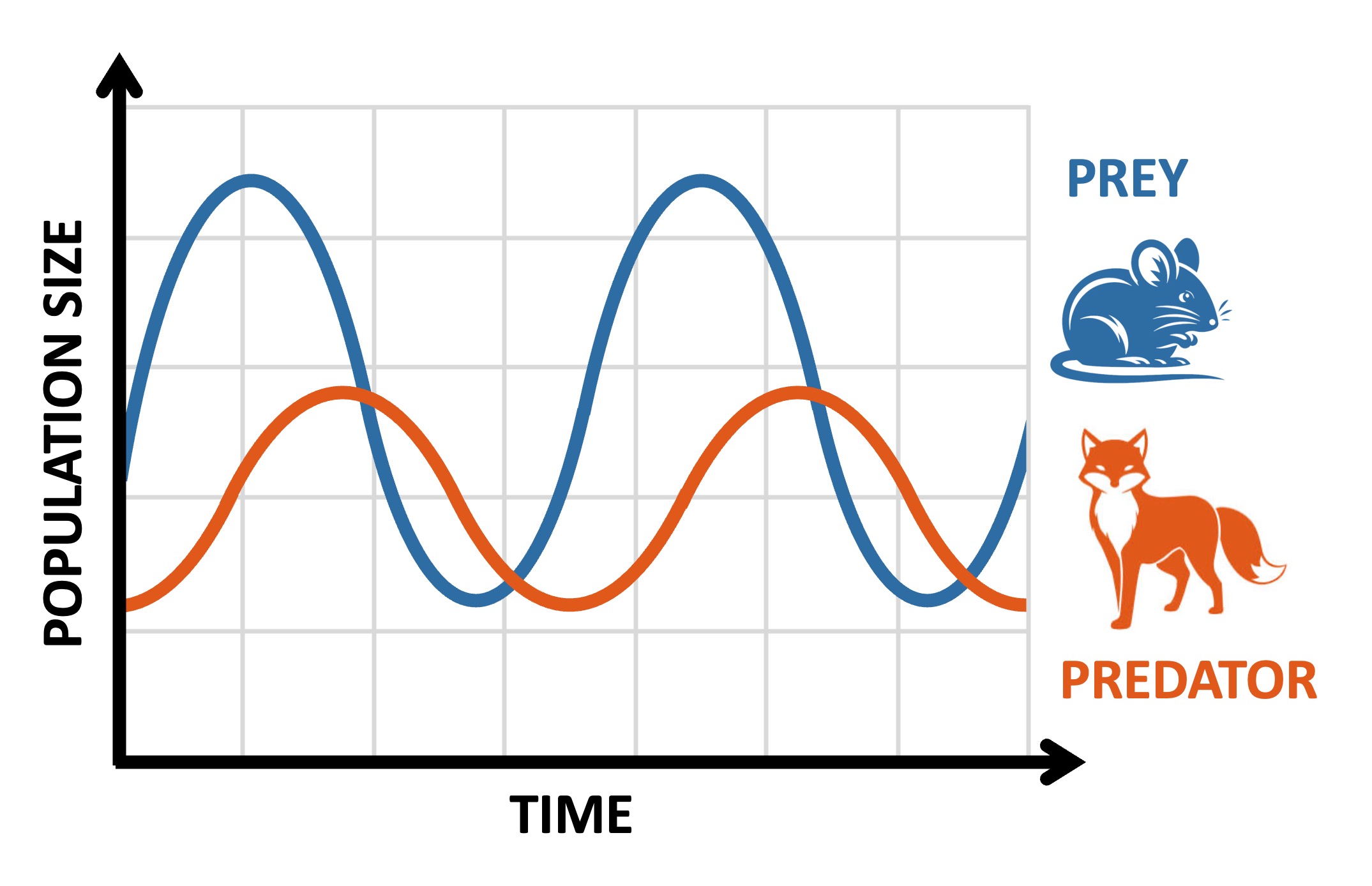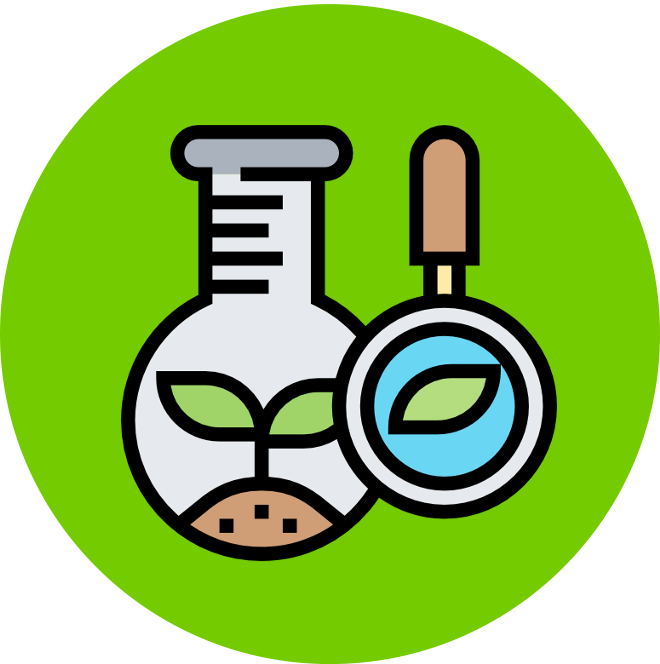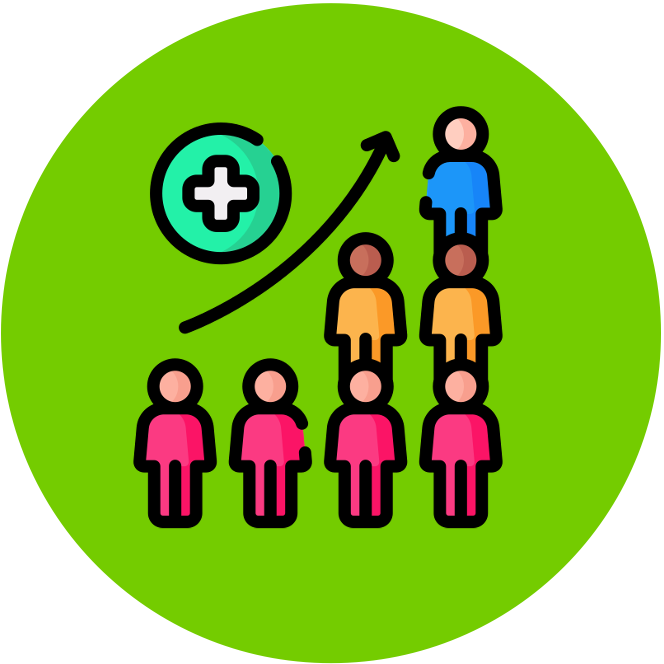

Carrying Capacity
The maximum number of individuals of a species that the environment can support is known as the carrying capacity
-
In a population growth curve, the carrying capacity (K) represents the point at which the stationary phase is achieved
Populations will oscillate around the carrying capacity, as exceeding environmental limits results in competition and increased mortality
-
Species with high growth rate but low survivability (r-selected species) will fluctuate markedly around a carrying capacity
-
Species with low growth rates but high survivability (k-selected species) achieve a more stable population level at the carrying capacity
The carrying capacity for a given species is not a static value and may be affected by both abiotic and biotic factors
-
Abiotic factors include light availability and temperature, while biotic factors include predators and infectious diseases
Carrying Capacity
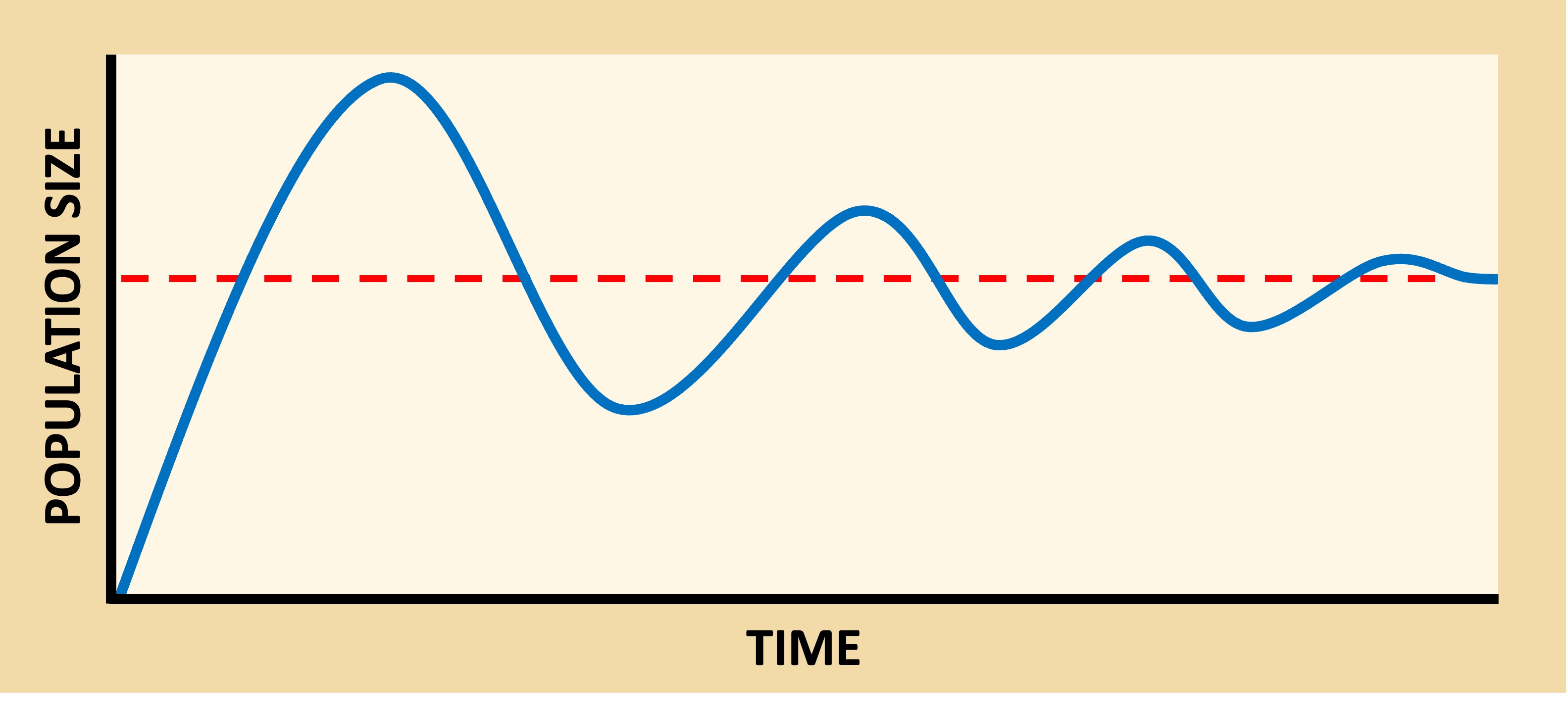
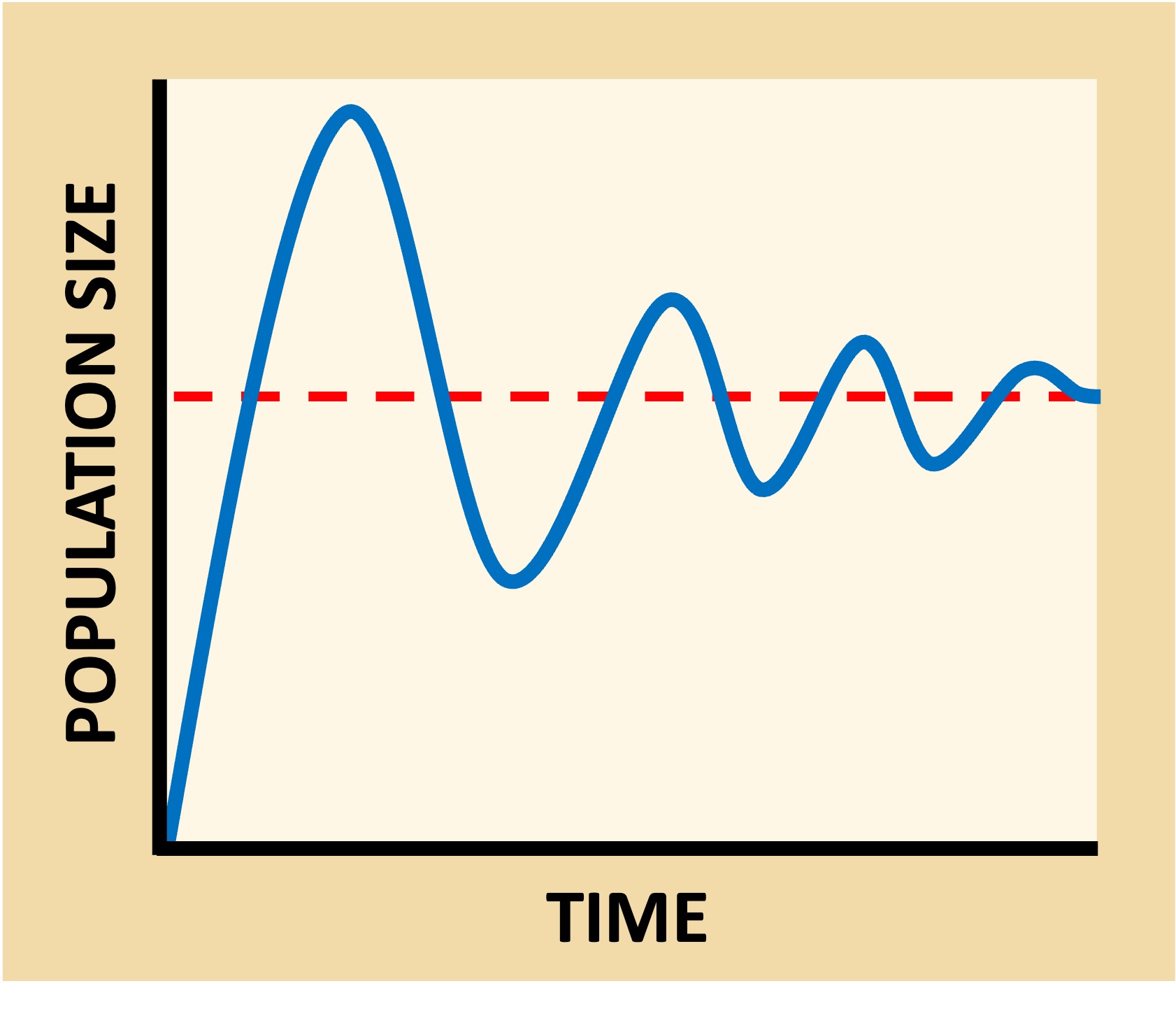
Population Density
Population size can be impacted by density-dependent factors, which push populations back towards the carrying capacity
-
Higher densities result in more competition and environmental resistance (limiting population growth), while low density populations can grow unimpeded
-
This is an example of negative feedback, as increases in population density result in a reduction in population size
Examples of density-dependent factors include:
-
Predation (larger populations will experience more predation)
-
Access to habitats (there is more competition for territory)
-
Nutrient supply (less food availability in larger populations)
-
Diseases (contagions are more easily spread in dense populations)
-
Accumulation of wastes (metabolic by-products can be toxic)
Density-Dependent Factors
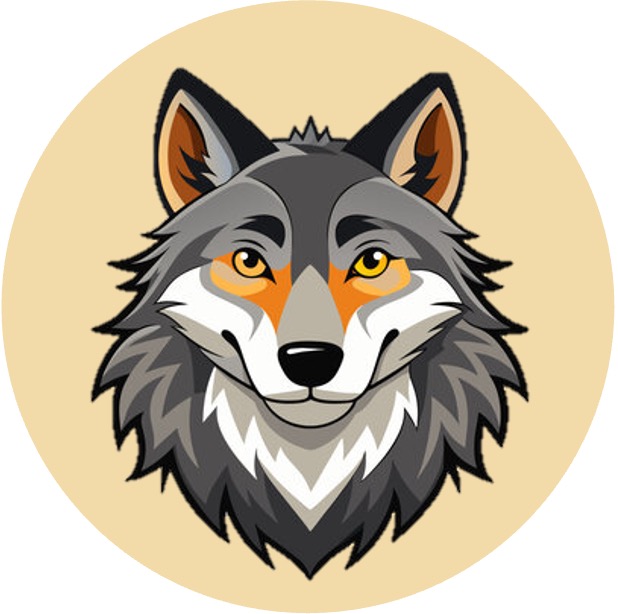
Predation
(wolves)

Access
to habitat
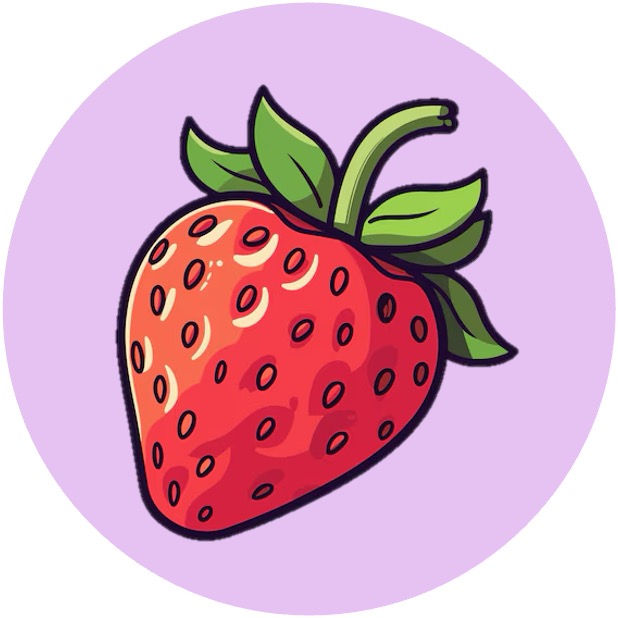
Nutrient
supply
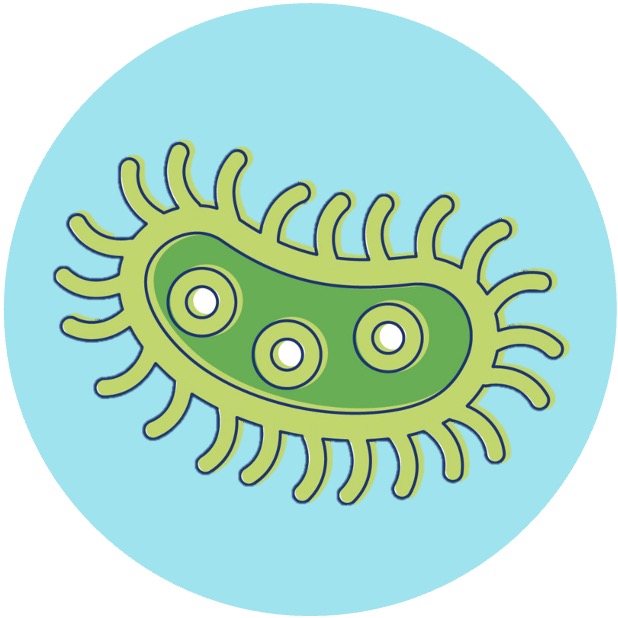
Disease
(pathogens)
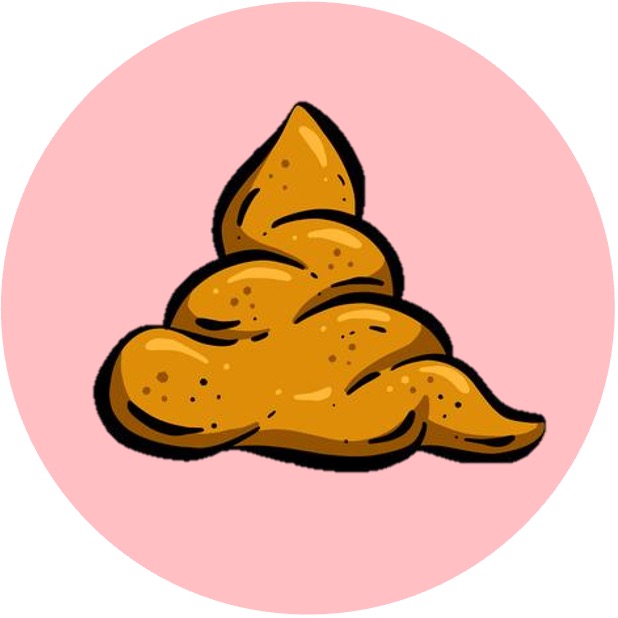
Added
wastes

Hint:
PANDA
Predator-Prey Relationships
A predator-prey dynamic is a biological interaction whereby one organism (predator) hunts and feeds on another organism (prey)
-
Because the predator relies on the prey as a food source, their population levels are inextricably intertwined
The predator-prey relationship is an example of a density-dependent population control mechanism
-
If the prey population drops (e.g. due to over-feeding), predator numbers will dwindle as intra-specific competition increases
-
If the prey population rises, predator numbers will increase as a result of the over-abundance of a food source
A classic example of the predator-prey dynamic is seen in the oscillating population levels of the snowshoe hare and the arctic fox
-
Most predator-prey interactions may not show clearly linked oscillations as the predators have multiple food (and prey have multiple predators)
Predator-Prey Dynamic
